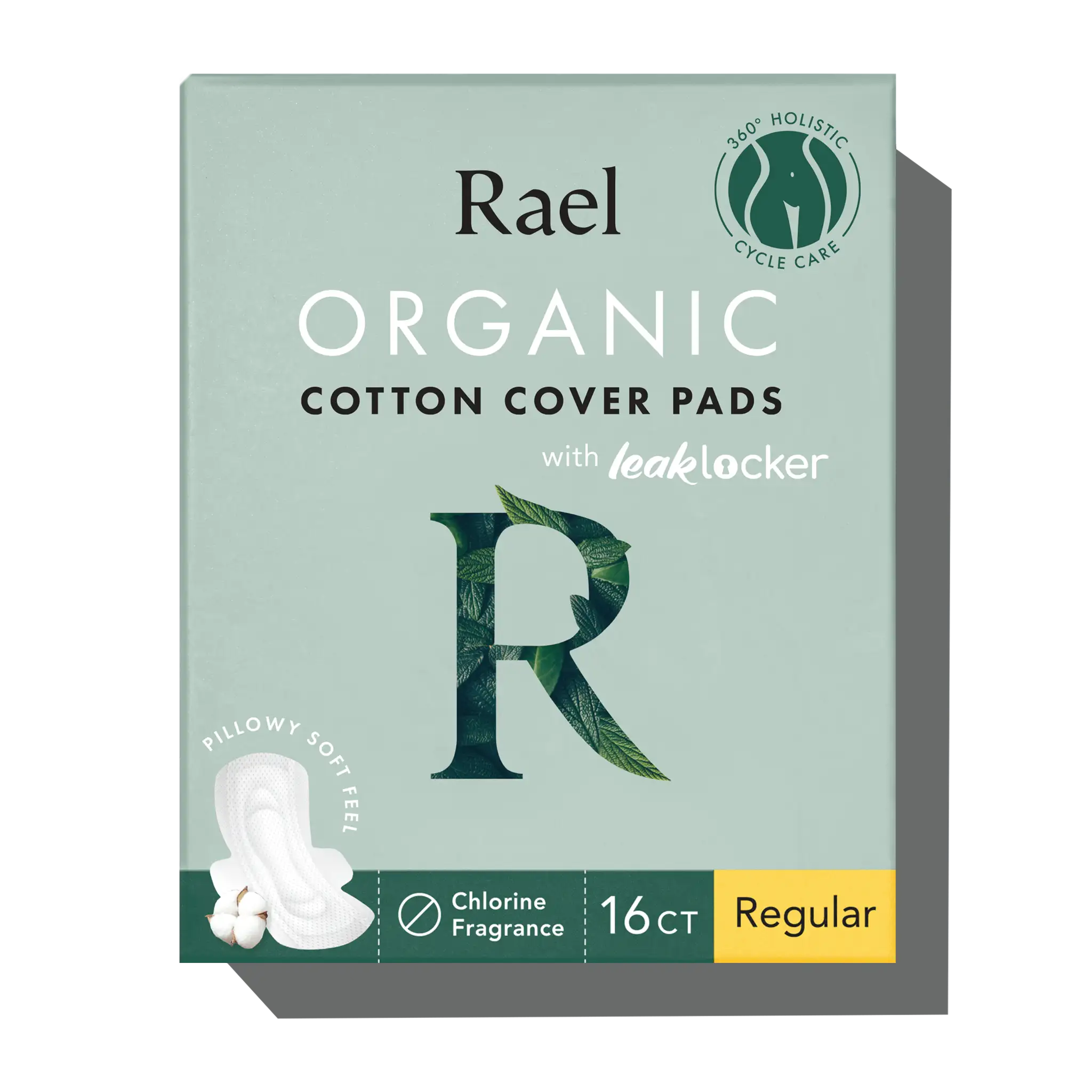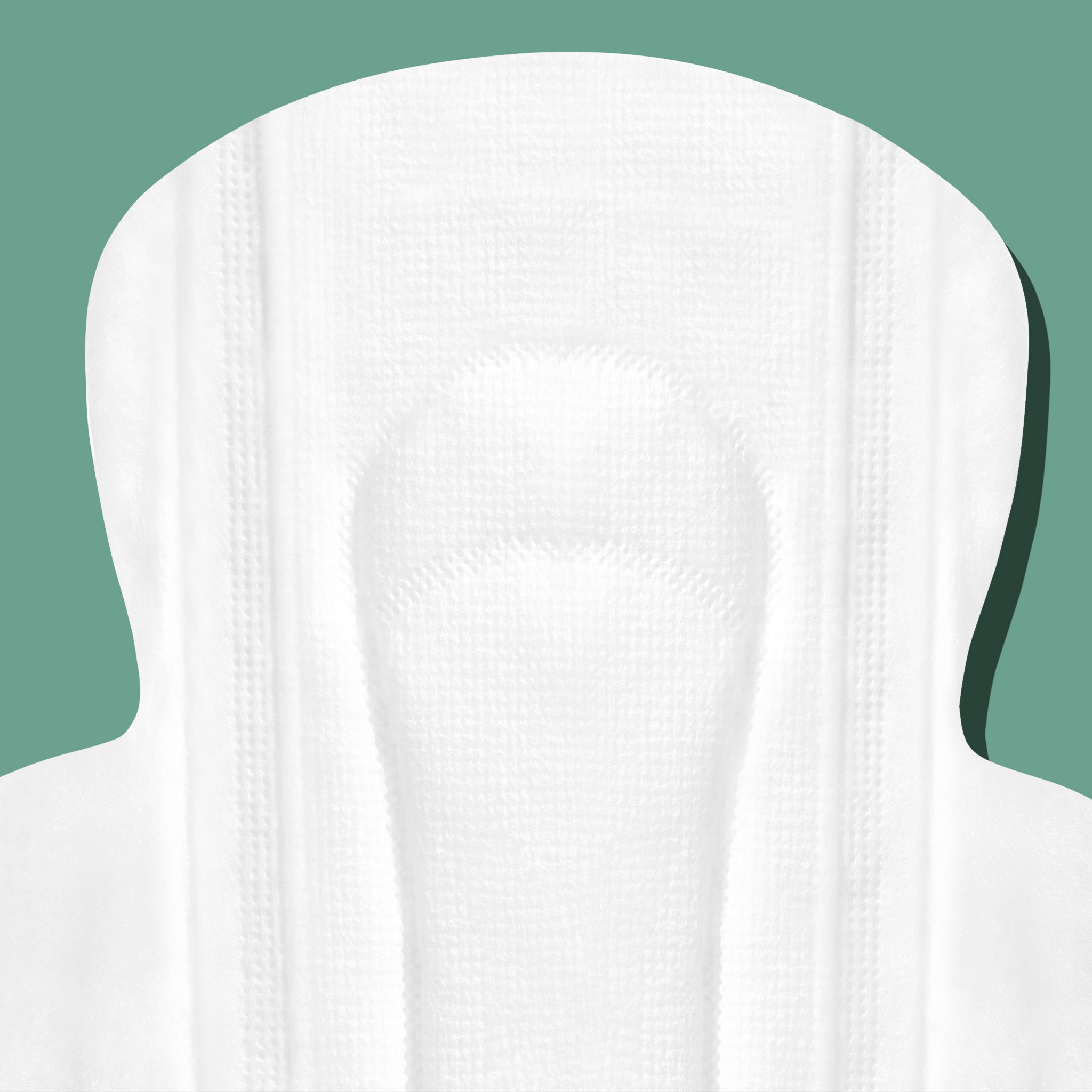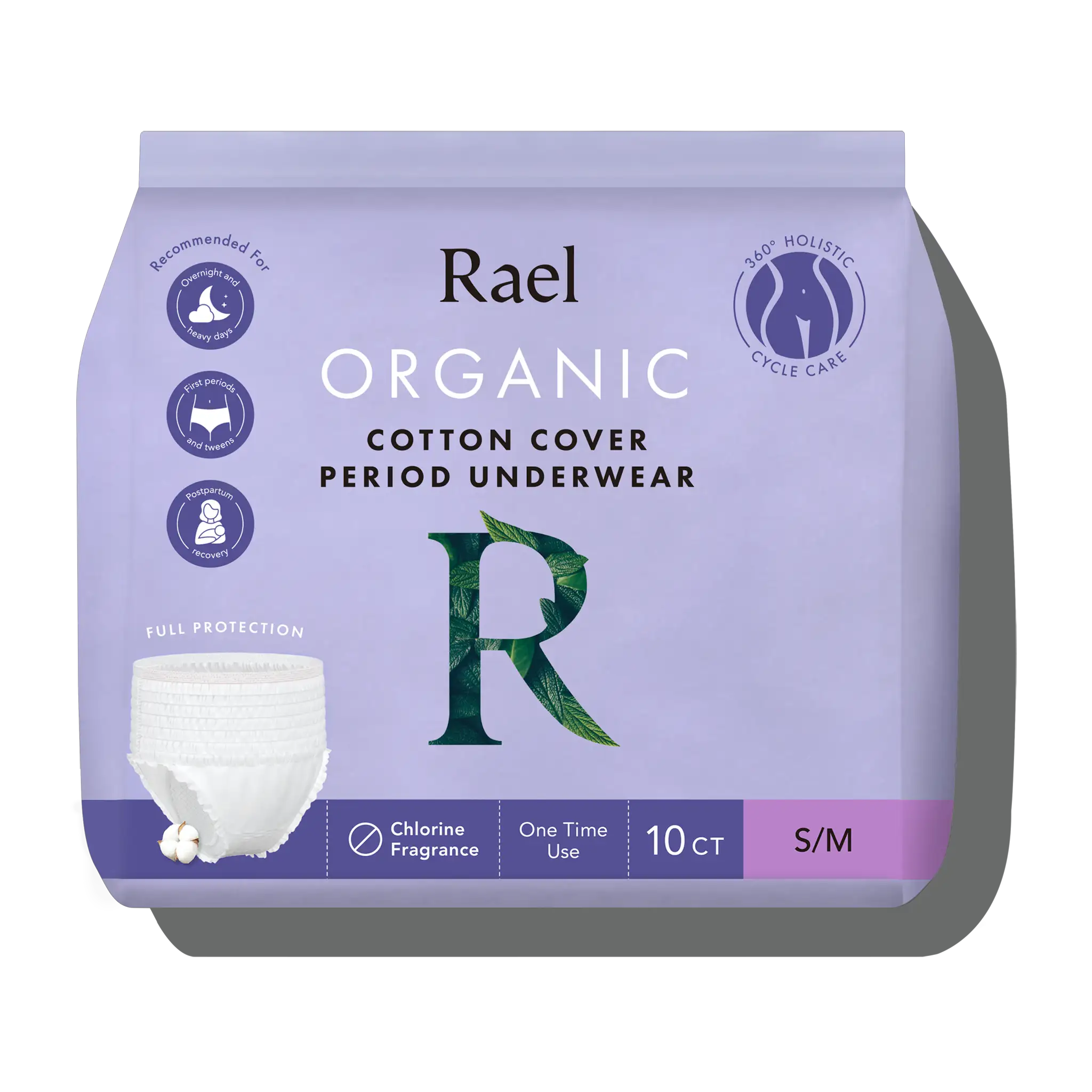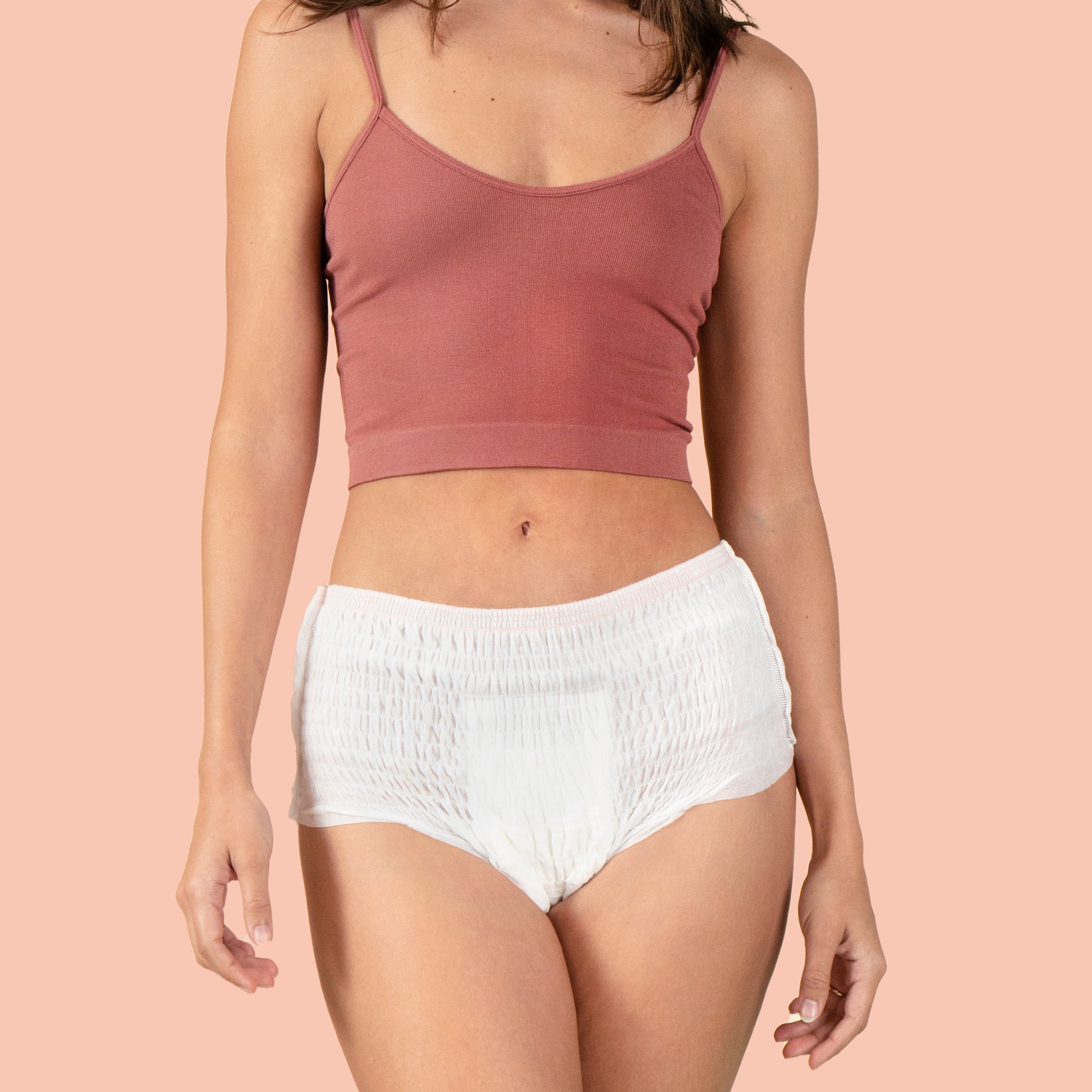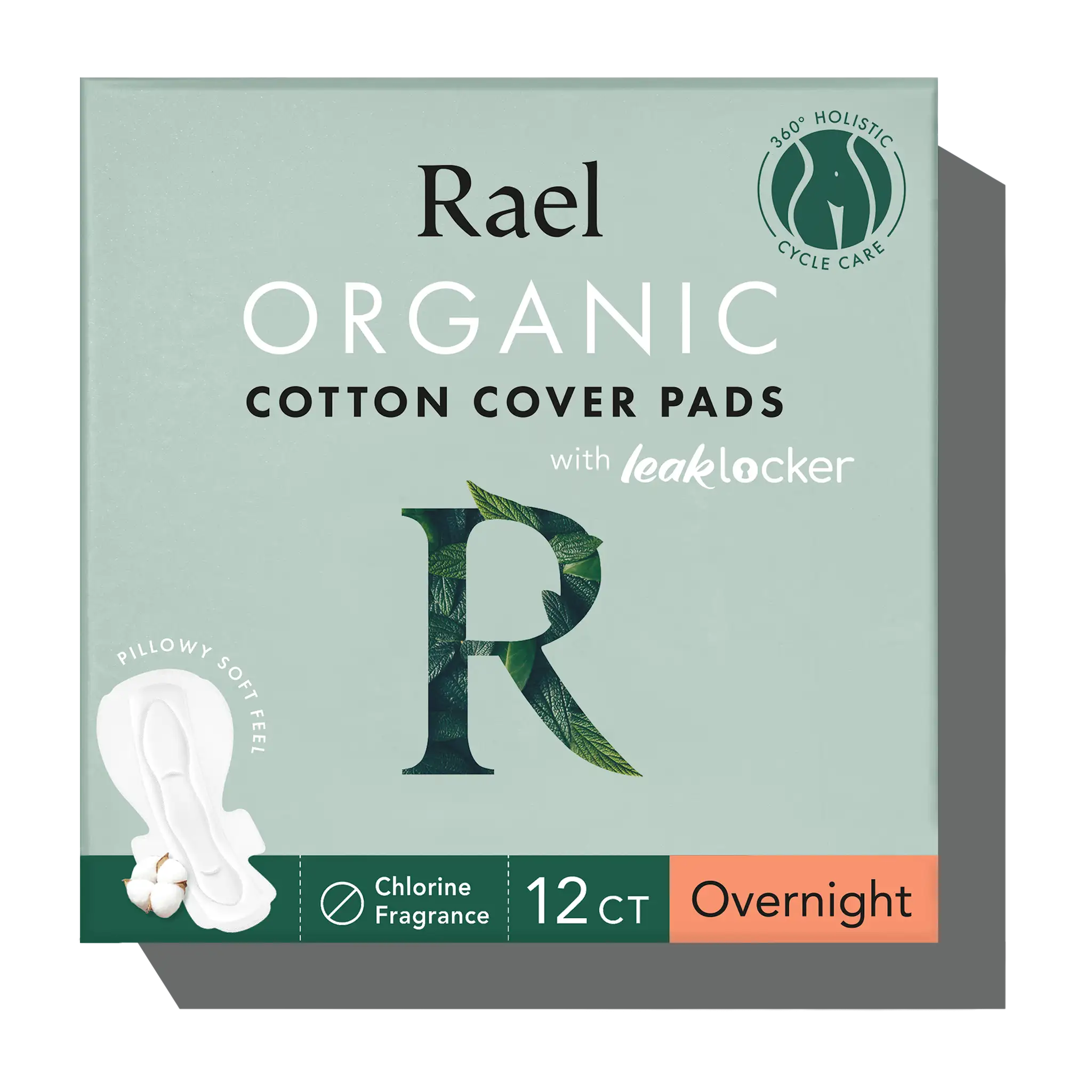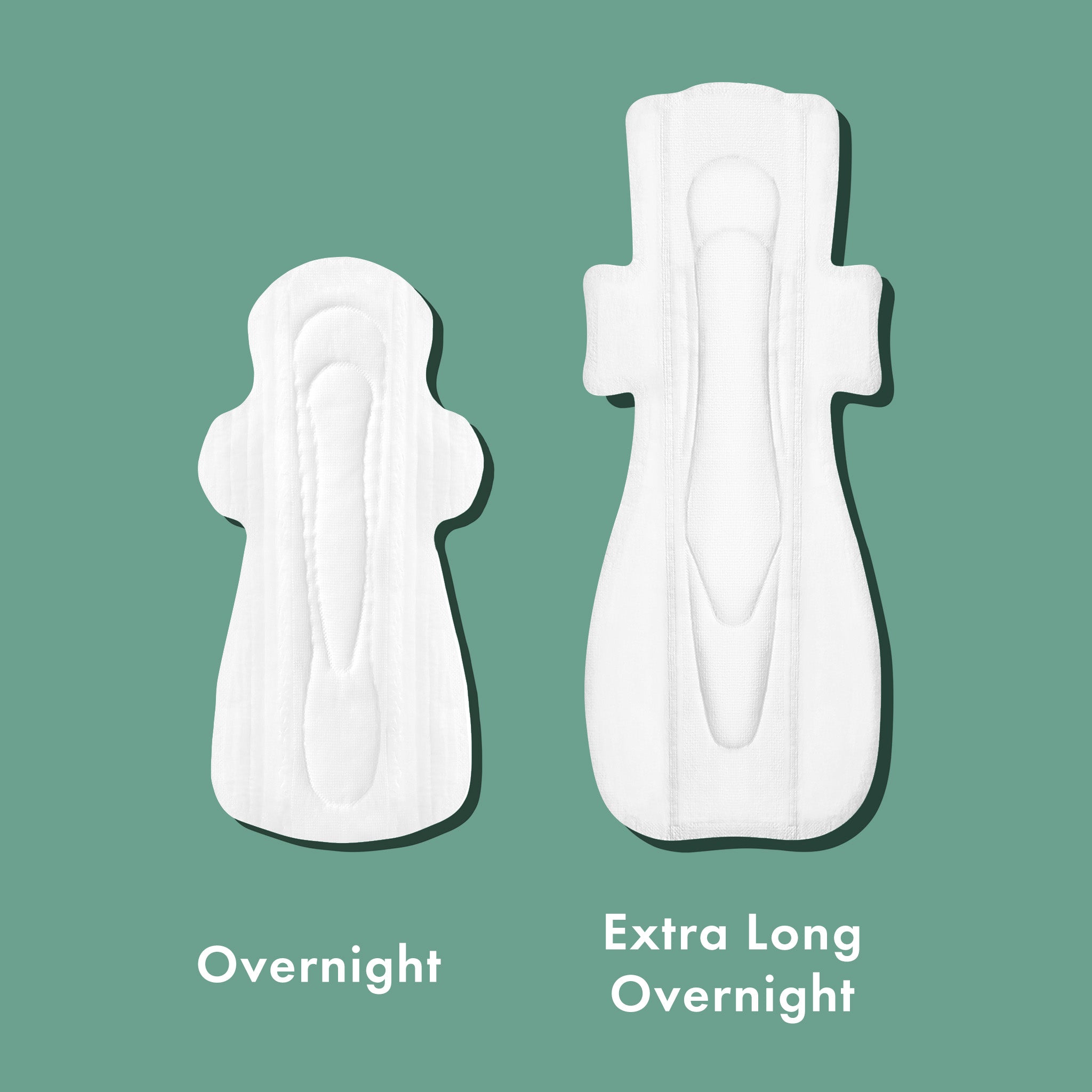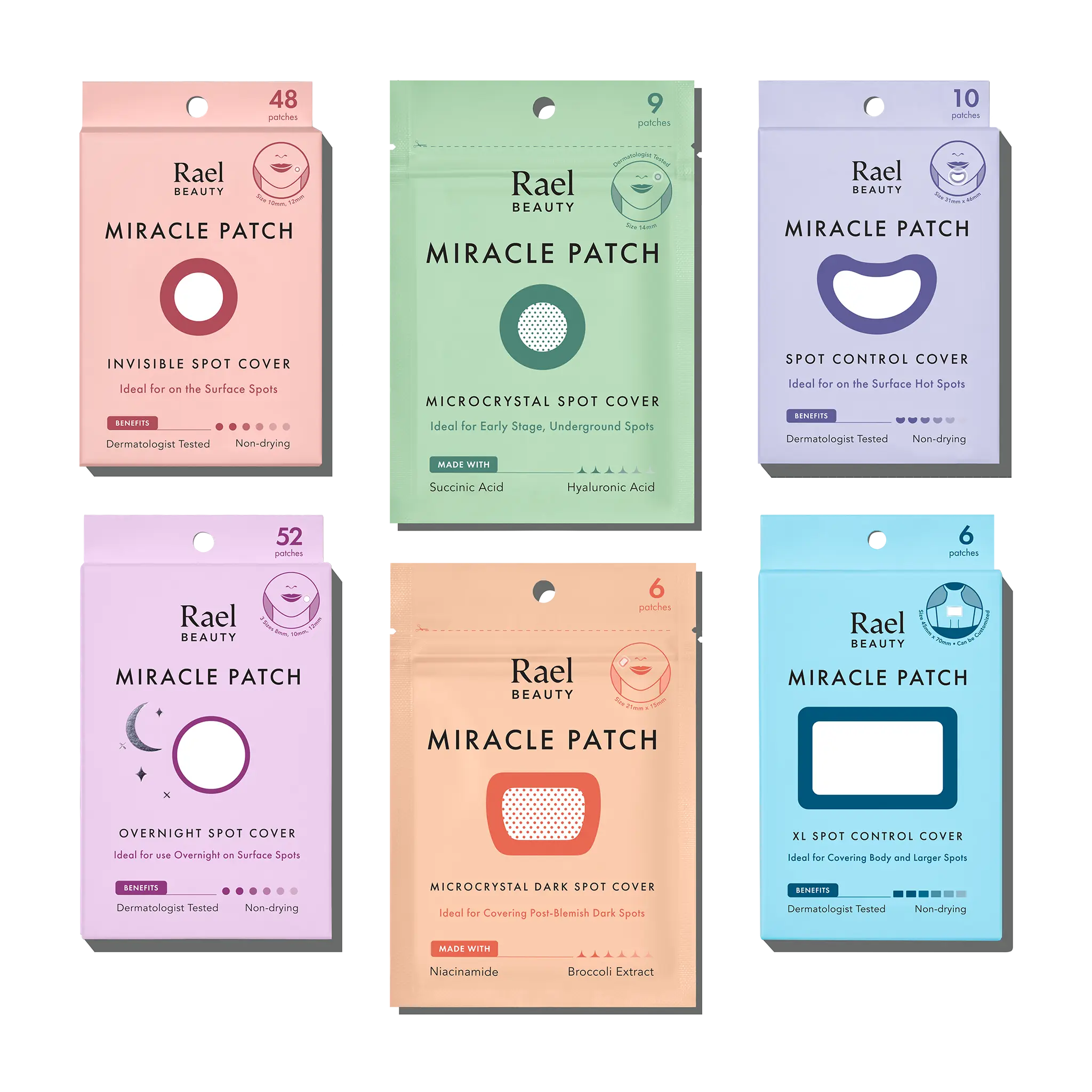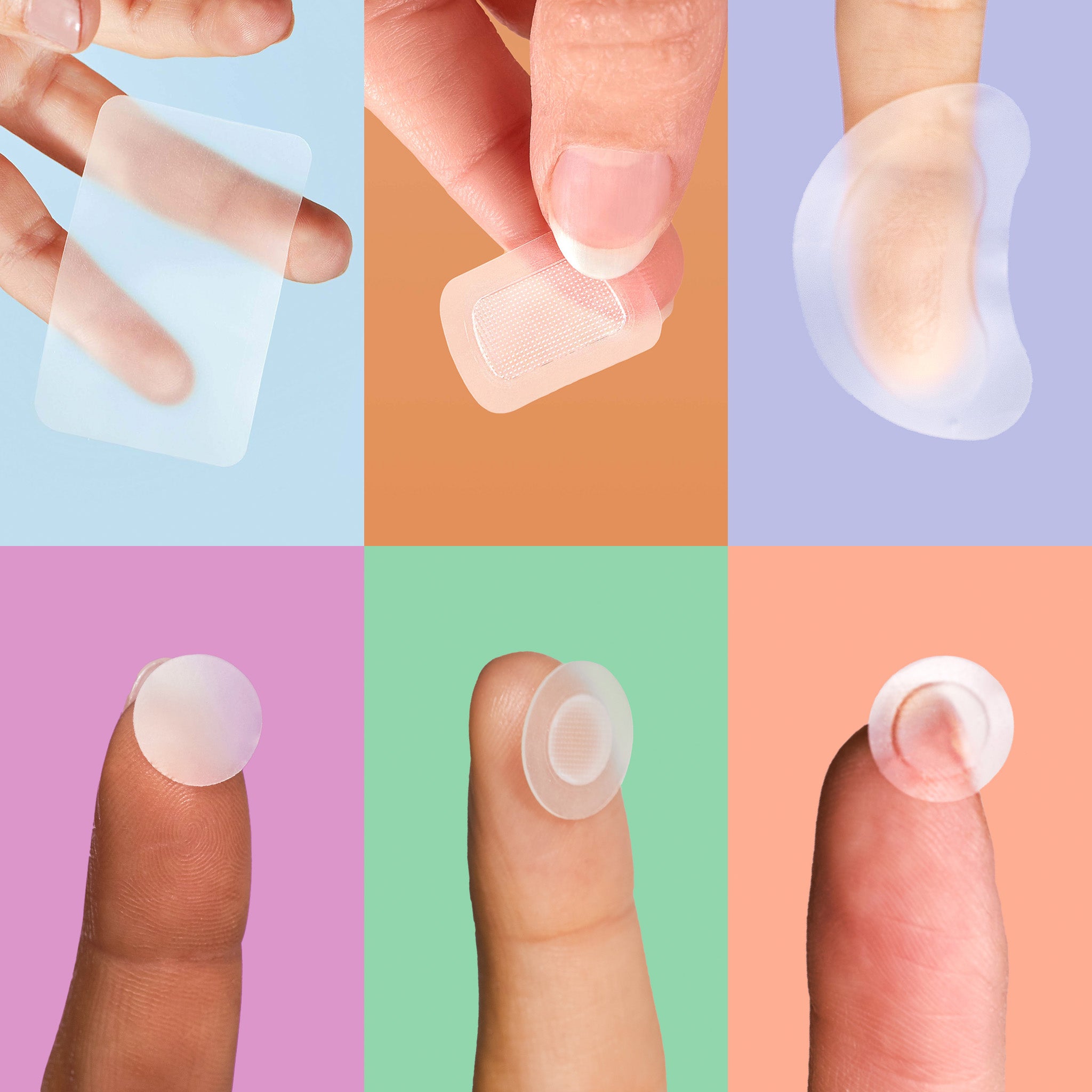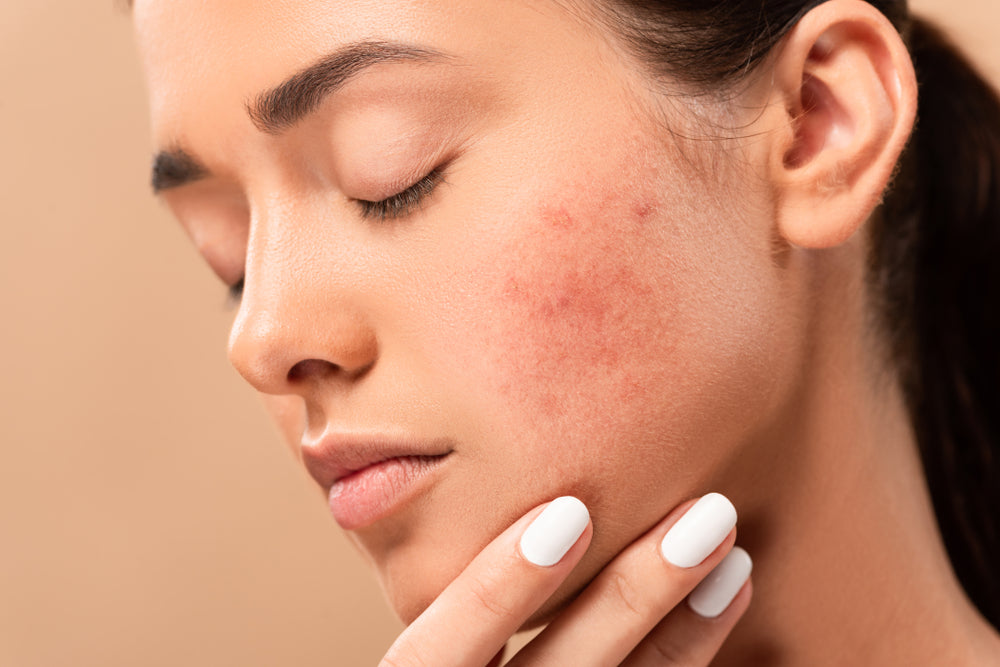Closed comedones, commonly known as whiteheads, are a type of acne lesion that occurs when a hair follicle becomes clogged with dead skin cells, sebum, and bacteria [1]. Unlike open comedones or blackheads, closed comedones are completely covered by a thin layer of skin, giving them a white or flesh-toned appearance. They are considered a non-inflammatory form of acne, however it can be one of the stages of a blind pimple if it’s left untreated.
These small, white bumps can be frustrating and persistent, often appearing on the face, chest, back, and shoulders. They can range in size from tiny bumps to larger, more noticeable lesions, and can sometimes be mistaken for a different skin condition like fungal acne or milia (small, white cysts) [4]. It’s important to understand the differences between conditions such as pimples vs. acne to accurately treat your skin.
What Causes Closed Comedones?
Closed comedones are caused by a combination of factors, including:
- Excess oil production: During puberty and other hormonal changes, the sebaceous glands produce more oil, which can clog pores and cause oily skin [4].
- Dead skin cell accumulation: When skin cells don't shed properly, they can accumulate in the hair follicle and block the pore [1].
- Bacteria buildup: Acne-causing bacteria is naturally present on the skin, which can seep into a clogged pore and contribute to inflammation [2].
- Hormonal fluctuations: Hormonal changes, such as those during menstrual cycles, pregnancy, or the use of certain medications, can increase oil production and lead to comedones.
- Genetics: Some people may be more predisposed to developing comedones due to their genetic makeup [4].
- Environmental factors: Factors like stress, humidity, and certain skin care products can also contribute to clogged pores and the formation of closed comedones [3].
What's the Difference Between Acne and Closed Comedones?
Appearance and Characteristics
While closed comedones are a type of acne lesion, not all acne lesions are closed comedones. Acne can manifest in various forms, including:
- Closed comedones: Small, white or flesh-toned bumps that are completely covered by a layer of skin.
- Open comedones (blackheads): Similar to closed comedones, but with an open pore that allows the buildup of oil and debris to oxidize, giving it a dark appearance.
- Papules: Small, red, solid bumps that are inflamed and tender to the touch.
- Pustules: Red, inflammatory acne bumps with a white or yellow center filled with pus.
- Nodules: Large, solid, and painful lesions that extend deep into the skin.
- Cysts: Deep, pus-filled lesions that can be painful and may leave scars if not treated properly.
Common Areas Affected
While closed comedones can appear anywhere on the body, they most commonly affect areas with a higher concentration of sebaceous glands, such as:
- Face (forehead, cheeks, chin, and nose)
- Chest
- Back
- Shoulders
How to Treat Closed Comedones
Treating closed comedones can be challenging, as they are deeply embedded in the skin and can be stubborn. However, a combination of lifestyle changes, over-the-counter products for acne prone skin, and professional acne treatments can help manage and prevent them.
Lifestyle Changes
- Cleanse regularly: Using a gentle exfoliating cleanser on the skin once or twice a day can help remove excess oil, dirt, and dead skin cells that can contribute to clogged pores.
- Avoidance of Harsh Products: Steer clear of harsh physical exfoliants and abrasive scrubs, as they can aggravate closed comedones and worsen inflammation. The difference between chemical vs. physical exfoliation for acne-prone skin is far too great since chemical exfoliants can be more gentle and nourishing than physical exfoliants.
- Avoid picking or squeezing: While tempting, picking or squeezing closed comedones can lead to further irritation, scarring, and infection.
- Manage stress: High stress levels can trigger hormonal imbalances and lead to increased oil production, contributing to clogged pores.
Can You Squeeze Closed Comedones?
While squeezing closed comedones may seem like a quick fix, it is generally not recommended. Unlike open comedones (blackheads), which can sometimes be extracted by a professional with the proper technique, closed comedones are completely covered by a layer of skin. Squeezing them can lead to further irritation, scarring, and potential infection [4].
Instead, it's better to focus on unclogging the skin pores through gentle exfoliation, topical treatments, and professional procedures like extractions or chemical peels performed by a licensed esthetician or dermatologist. Want to take the guesswork out of your skin care? Shop our K-beauty-inspired skin care sets that target each stage of a pimple while managing hormonal acne that’s prevalent throughout your menstrual cycle.
Ideal Skin Care Routine to Prevent Closed Comedones
Incorporating clean skin care products into your routine can help manage and prevent closed comedones. Here are some recommended steps:
- Cleanse: Start your skin care routine with a gentle, non-comedogenic cleanser that won't clog pores, such as Rael’s Miracle Clear Exfoliating Cleanser. This powerful yet gentle formula effectively removes excess oil, dirt, and makeup without stripping the skin of its natural moisture, leaving your skin feeling refreshed and revitalized.
- Exfoliate: Incorporate a chemical exfoliant into your routine to help unclog pores and promote healthy cell turnover. Look for ingredients like succinic acid, salicylic acid, or azelaic acid, which can gently exfoliate the skin and prevent the buildup of dead skin cells. These ingredients can all be found in Rael’s Miracle Clear Trio products.
- Treat: After cleansing and exfoliating, apply a targeted treatment like Rael’s Miracle Clear Soothing Spot Gel. Formulated with potent ingredients such as centella asiatica and succinic acid, this serum helps to reduce inflammation, fight acne-causing bacteria, and prevent new comedones from forming, leaving your skin looking clearer and more radiant.
- Moisturize: Follow up with a lightweight, non-comedogenic moisturizer to keep your skin hydrated without clogging pores. Opt for a formula that absorbs quickly into the skin and provides long-lasting hydration, such as Rael’s Miracle Clear Barrier Cream. This moisturizer is specially designed for acne-prone skin and helps to balance oil production while soothing and nourishing the skin. Using a sheet mask before bed will also allow your skin to soak up the moisture for a good night’s sleep.
- Protect: Don't forget to apply a broad-spectrum sunscreen every day to protect your skin from harmful UV rays and prevent further irritation and dark spots. Choose a sunscreen that is lightweight, non-greasy, and suitable for acne-prone skin. Your sunscreen should provide effective protection against UVA and UVB rays without clogging pores or causing breakouts.
At Rael, we offer a range of products specifically designed to address acne-prone skin and help manage closed comedones. Spend less time researching acne ingredients and treatment methods by making the switch to Rael. By following a consistent skin care routine and making lifestyle adjustments, you can effectively manage and prevent closed comedones, promoting a clearer, more radiant complexion.
Sources
- Zaenglein AL, Pathy AL, Schlosser BJ, et al. Guidelines of care for the management of acne vulgaris. 2020 Jun;82(6):1576]. J Am Acad Dermatol. 2016;74(5):945-73.e33. doi:10.1016/j.jaad.2015.12.037. Accessed March 13, 2024.
- Dréno B, Pécastaings S, Corvec S, Veraldi S, Khammari A, Roques C. Cutibacterium acnes (Propionibacterium acnes) and acne vulgaris: a brief look at the latest updates. J Eur Acad Dermatol Venereol. 2018;32 Suppl 2:5-14. doi:10.1111/jdv.15043. Accessed March 13, 2024.
- Berson DS, Murase JE. Comedogenicity of cosmetic products. Curr Probl Dermatol. 2016;49:245-257. doi:10.1159/000446803. Accessed March 13, 2024.
- Zeichner JA, Baldwin HE, Cook-Bolden FE, Eichenfield LF, Fallon-Friedlund S, Rodriguez DA. Emerging issues in adult female acne. J Clin Aesthet Dermatol. 2017;10(1):37-46. Accessed March 13, 2024.
- Zaenglein AL, Thiboutot DM. Acne vulgaris. In: Bolognia JL, Schaffer JV, Cerroni L, eds. Dermatology. 4th ed. Elsevier; 2018:chap 37. Accessed March 13, 2024.
